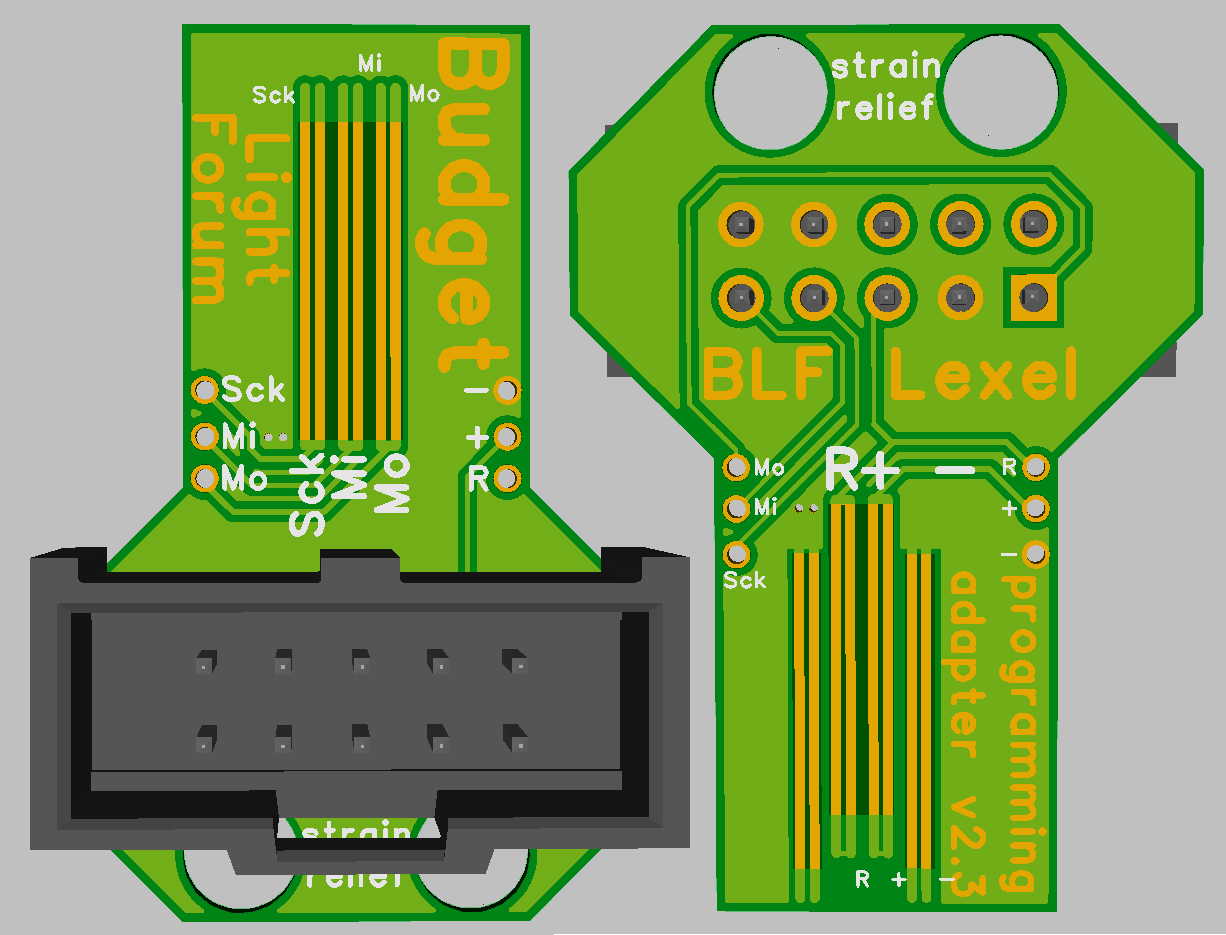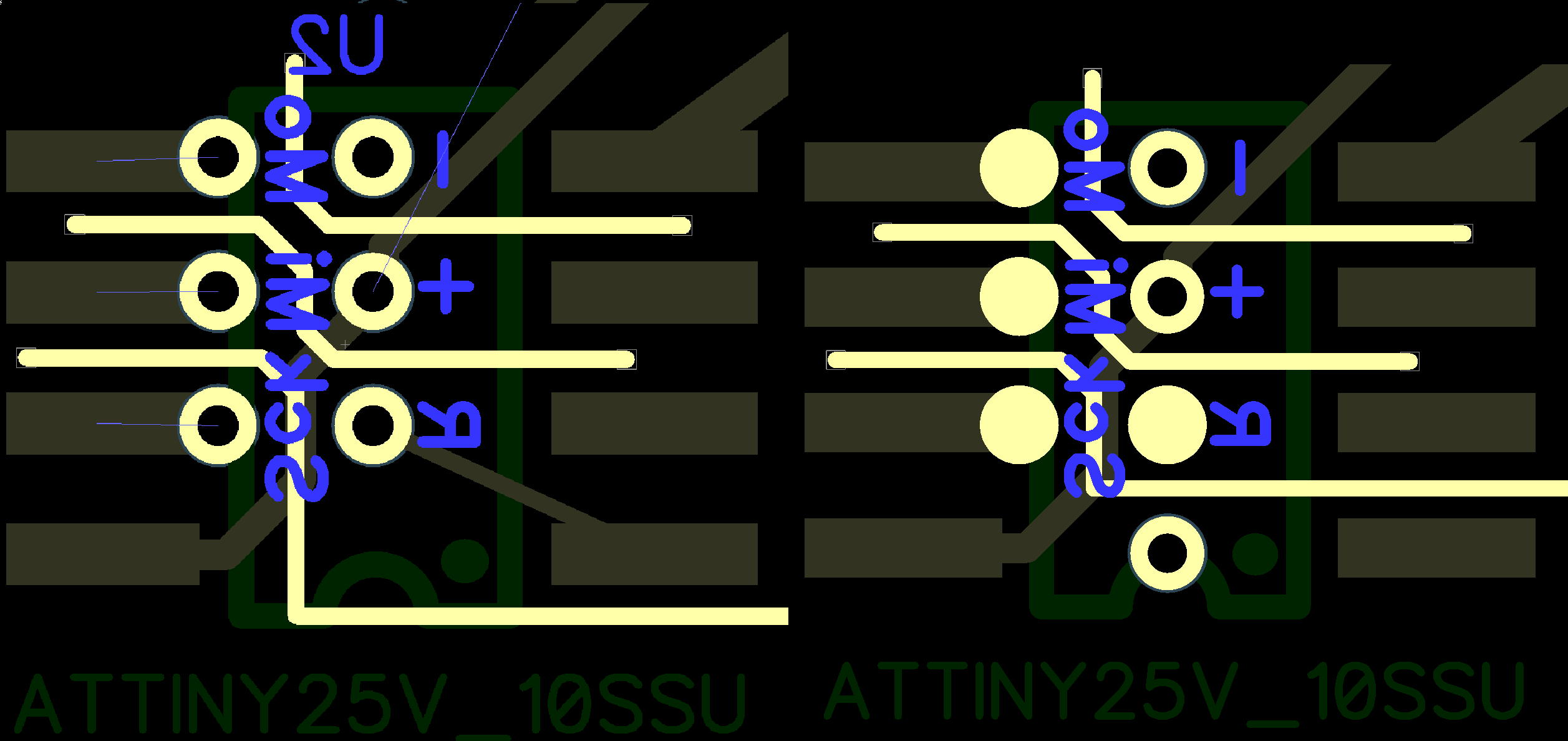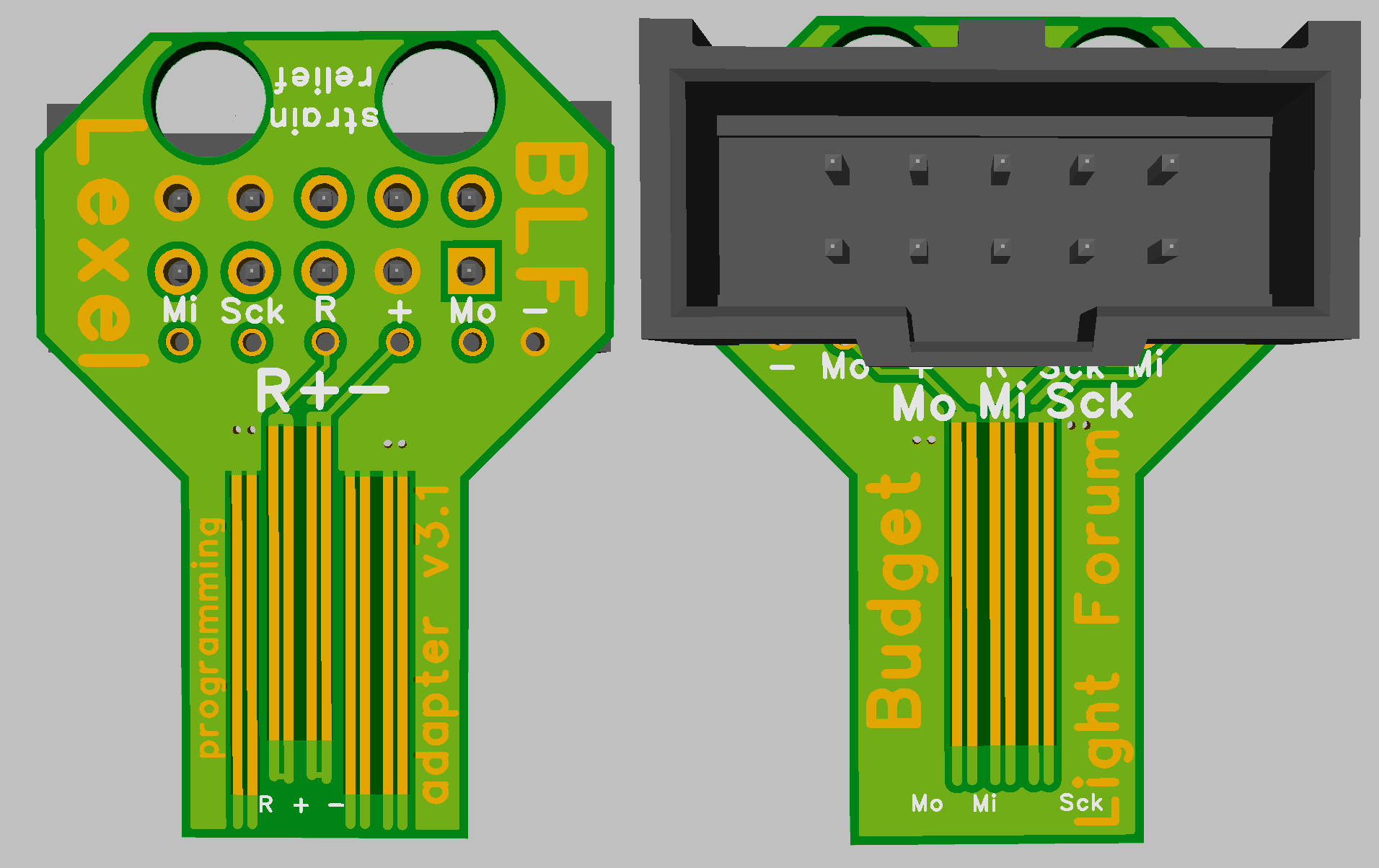Yes but no. The pogopin adapter connects to the necessary pins I think. But they may, or may not need to be isolated from the rest of the driver during HVSP. The obvious one being the reset pin that gets 12V up it.
As for the other pins, it depends what’s attached to them, and whether they might give some interesting flashy effects during the process, or stuff the attached circuity if normally configured as an input. If so, maybe a series resistor would prevent that. That’s also if the LED was still connected.
To disconnect at least the reset pin would be traditionally done with a zero-ohm resistor. But can also be done at zero cost with a suitably designed track-cut area on the driver. Skills and a scalpel required. Then the track cut reversed with a solder splash over the top.
Or be radical, and add a seventh pin and maybe a small diode or FET to do this automatically.
Or reverse this idea, make the connect/disconnect points part of the layout, solder bridges connect them by default, remove it with skills, a sucker or braid if you need to reset the fuses.
Anyway it’s just another bonkers idea that would cost nothing to implement on drivers, if area permits. And for anyone into bespoke firmware (the whole point of this) it takes away the risk of bricking a driver. With all the nausea that would follow if already built up into a torch. Or simply the cost of the driver and sheer inconvenience of bricking one.
A quick google: https://www.instructables.com/id/AVR-HVSP-Fuse-Resetter/
Interesting that a tiny remote control 12V cell is enough to do the re-set.
Now, my idea is to combine the USBasp functionality with the AVR re-setter into one MCU and build the whole thing into the key. One MCU, already connected through the six pins. An exercise for someone to combine the code.
Driver designers might have to step up to the mark regarding circuit design, but it doesn’t look particularly difficult. Nor should it add to the cost, except for maybe one transistor and a few Rs. Even if very few ever use it, it could prevent many problems for developers, who may not have the skill, equipment, time or enthusiasm to de-solder, somehow connect (forget clips, decent MCUs are going/already leadless), flash, re-solder, try again. Better than tossing the driver.
Just throwing out these ideas in the hopes that a few might get some traction. This doesn’t have to all be done at once, just the 6 pin plain ISP 50/1000” connection will be a great start.





